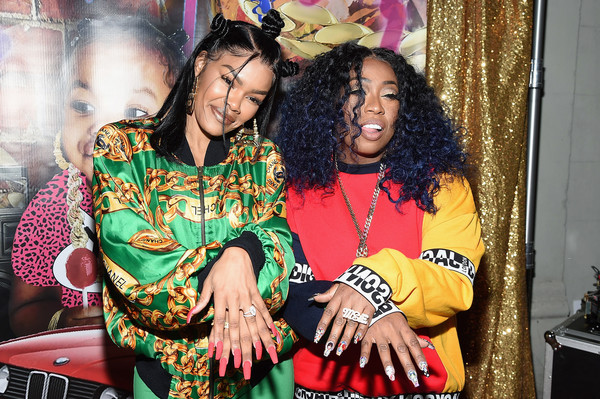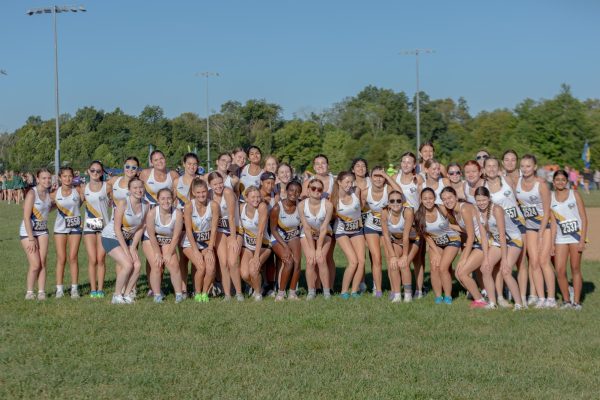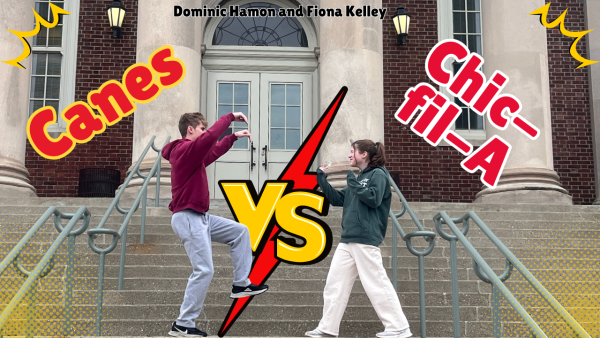Revolution of self expression

Photo Courtesy of: Eccentric Glow
From acrylics and streetwear to overstated jewelry, Black people have pioneered the trends that run the fashion industry.
In the black community clothing is often not just about appearance. It is about the revolution of self expression, about activism, about joy. The use of extravagant jewelry, interesting proportions, and loud prints represents a conscious rebellion of a world that would rather not acknowledge their existence.
Fashion represents the ability to put your best foot forward regardless of your circumstances. After the Emancipation Proclamation, Black people had no material possessions, but they had their skills. They had to create careers for themselves separate from the 400 years of oppression they had faced, and as they began to step out into the world, they used their experience as designers, tailors, and seamstresses to do so in their own designs.
African Americans are unique because they were cut off from both American and African culture, so as they worked to create their own place in the world, fashion became one of their many stamps on America, claiming, “I’m here.” Today, Black designers carry fashion trends, from Telfar Clemmons, the creator of the iconic Telfar Bag to the creative stylings of the late great Virgil Abloh. But as they continue to be at the forefront of everything iconic, their contribution is minimized by people who do not recognize the importance of their work.
In the Black community, fashion is usually very close to activism. In the 1960’s, hoop earrings became popular during the black power movement. Activists and artists such as Angela Davis,Tina Turner and Janet Jackson embraced the style as a way of owning their identity.
In the 70s, Stephan Burrows, who was instrumental in the development of the colorful, disco prints we all know and love, was also a huge proponent of the “my black is beautiful” movement. Fashion has been a way for Black people to celebrate themselves and to leave their mark on American culture.
The argument is often made that, because we live in a multiethnic society, of course people “borrow” from each other’s culture. “But its appreciation!” they claim, “not appropriation.” The problem is, the Black people who pioneer these trends are still punished for them, labeled as “ghetto,” and receiving backlash from school and work that target their cultural right to express themselves. But as Ron Blassingame, an Ohio-based designer and philanthropist, coined, “Ghetto is nothing but creativity that hasn’t been stolen, yet.”
Here’s an example, Kim Kardashian wearing cornrows, a hairstyle that every black child knows well, and calling them “Bo Derek Braids” while Mya and Deanna Cook, two black sisters from Mystic Valley Regional Charter School, were suspended for wearing their box braids to school. How is that fair? Appropriation is such an issue because while non-black people are hailed as fashion icons for the clothing and hairstyles they adapt from Black culture, young Black students are punished for embracing those same things.
Part of appropriation is the erasure of the history and meaning behind the clothing or hairstyle, but it is never “just a piece of clothing” It is a symbol of our resilience, and brilliance .
In clothing and in culture Black people created something beautiful out of nothing, and that is worth celebrating and recognizing. The next you put on a bucket hat, or Jordans, or a pair of hoop earrings, thank Black people, and remember, there is no American Culture without Black culture.
Your donation will support the student journalists of Walnut Hills High School. Your contribution will allow us to purchase equipment, cover our annual website hosting, printing costs and offset competition and conferences fees for students.












